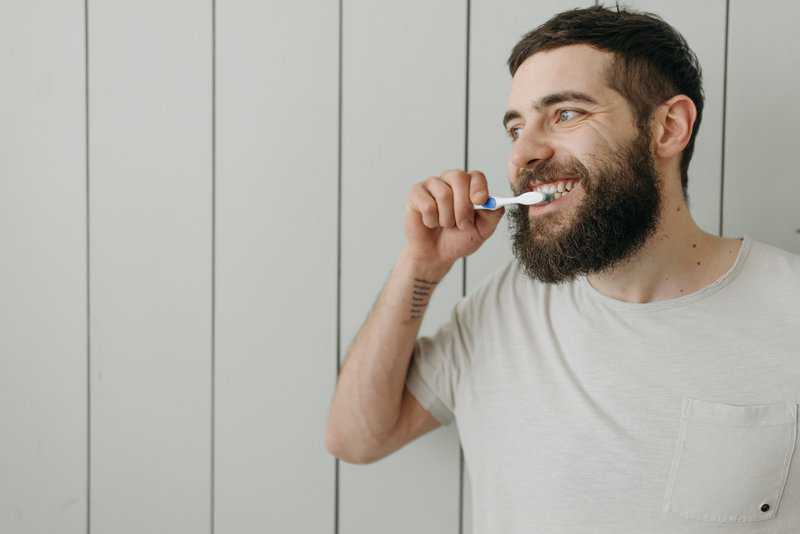Should You Brush Your Teeth or Floss Them First?
Maintaining good oral hygiene is a key aspect of overall health, and the best way to protect your oral health is to brush and floss your teeth regularly. However, the age-old question of whether to brush or floss first has sparked numerous debates. While both brushing and flossing play pivotal roles in preventing gum disease, cavities, and bad breath, the order in which you perform these activities may influence their effectiveness. Your dentist in Eldersburg has some thoughts on the topic.
Brushing First
People who have the opinion that you should brush your teeth first before flossing believe that this approach helps remove larger debris and plaque from the teeth’s surfaces, making it easier for floss to reach the interdental spaces. However, this may not actually be the case and can in fact have the opposite effect. Brushing your teeth before flossing can push plaque and debris up into the gums and increase the risk of gum disease.
Flossing First
Those who floss their teeth first and then brush can more effectively break up plaque buildup between teeth. After all, brushing alone can’t clean those hard-to-reach areas in between teeth, so it’s best to first loosen the bacteria, food particles, and plaque between the teeth with floss and then remove them through brushing. In fact, a study by the Journal of Periodontology showed that those who floss first had a reduced amount of plaque on their teeth compared to those who chose brushing first.
Keep in mind that even if you’re in the habit of brushing first and flossing second, your dentist in Eldersburg would prefer that over not brushing or flossing at all.
Flossing and Brushing Tips
You should brush your teeth twice a day and floss once a day to help protect your oral health. However, while these tasks may seem really simple, there are proper and improper ways to effectively clean your teeth.
- Flossing Your Teeth
Choosing the best flossing product for you is key. There are plenty of options to pick from including waxed and unwaxed floss, dental tape, dental flossers, and more. Find what works best for you and stick to a routine of flossing daily.
- Carefully wiggle the floss between two teeth and gently glide it up and down while rubbing against the side of each tooth.
- When you reach the gums, curve the floss around the tooth to clean out the space between the tooth and gums.
- Repeat between each and every tooth in your mouth using a clean section of floss as you move.
Brushing Your Teeth
As with picking the right floss, using the right toothbrush is also important. Whether you use a manual toothbrush or an electric brush, look for one with soft bristles and the ADA Seal of Acceptance.
- Hold your toothbrush at a 45-degree angle to your tooth and gums.
- Use gentle pressure to avoid damaging the gums or tooth enamel.
- Brush each tooth, ensuring to clean all the surfaces as well as your tongue.
- Use only small, circular motions – there’s no need to scrub back and forth.
- Replace your toothbrush every three months.
Following a proper oral hygiene routine at home of flossing and brushing, as well as doing them correctly, can help protect your teeth from cavities and other problems. Additionally, make sure to see your dentist in Eldersburg at least twice a year for professional dental cleanings and checkups.

